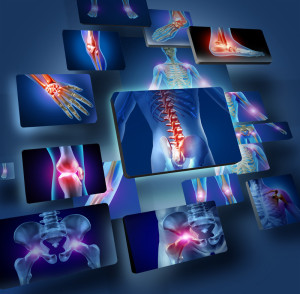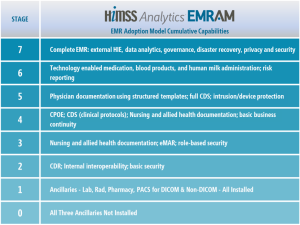Have you ever experienced chronic pain? Did you try to ignore it and push through it? Or did you see your doctor and hope for a resolution?
We expect quick fixes when something goes wrong. Yet chronic pain may mean physical therapy and daily exercises to strengthen certain muscles and address the cause of the pain. Far from a quick fix!
That’s what I’m going through now and at times my patience and discipline are low. I’m supposed to do a series of focused exercises twice a day. I am trying to take the long view. Just like my shoulder surgery for a torn rotator when I had to do physical therapy for 6 months.
If I think I don’t have time for the exercises or I just don’t want to do them, I tell myself this is what it will take to relieve the back and hip pain I have been living with. No one is just going to fix it for me. Yes, my physical therapist will assess my pain level each visit, ask me how the newest exercises are working out, and determine what to add to my routine. But it’s on me between visits.
I’ve had four visits and try to schedule one once or twice a week. I know the time will come when the time between visits gets longer. And then she will tell me I’m on my own. It will be the true test of whether I own this or not. Will I make the time to do the exercises twice a day? Will I feel my slow progress and realize it’s working?
It’s like flossing your teeth, you need to own it. You can’t just do it for a few days before your teeth cleaning appointment – you have to make it a daily discipline.
I asked my physical therapist about studies on patients not doing their exercises at home. I told her about my experience of owning it after shoulder surgery. She asked me if I was owning this. I said I was getting there – trying to have the long view because I don’t want to live with pain. We need to own our own health. I can’t complain about the pain if I’m not willing to do my part.
We had a good chat. She described how her role is to help patients be successful. She has learned to not give too many exercises, or the patient won’t do them. If the patient hates the exercise, she knows they won’t do it. She has to find an acceptable alternative. And she emphasizes patient education. Continue reading









